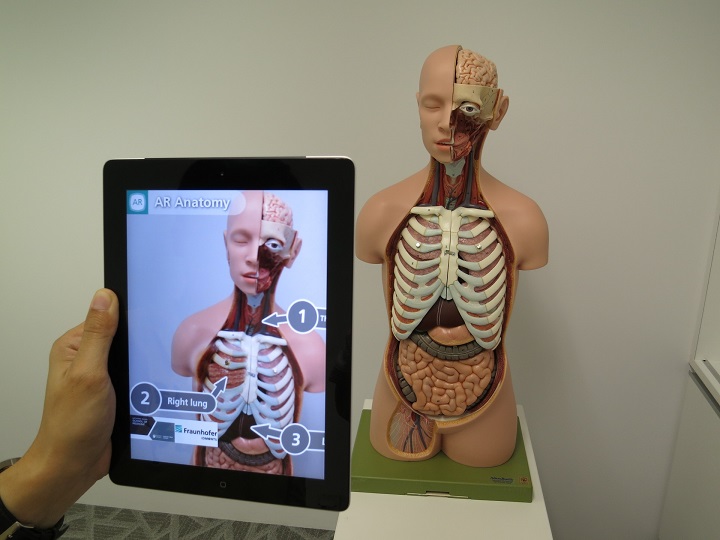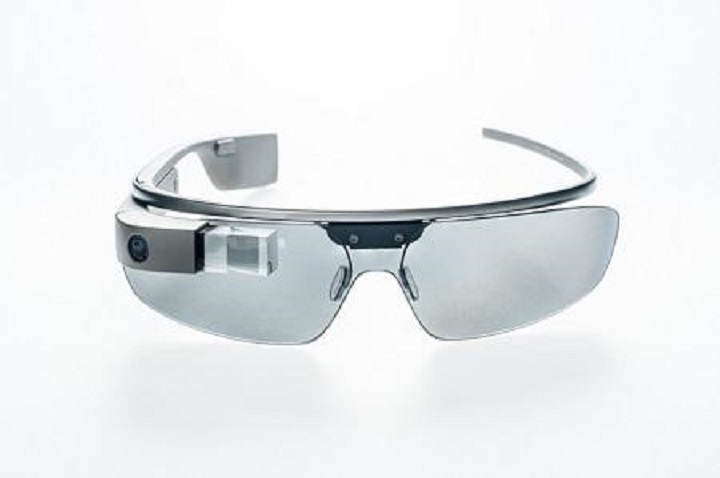The Future of Augmented Reality
When the camera obscura was first invented before the High Renaissance period, never had men dreamed how much potential this invention would bring the world. Fast forward to 1800, more than 300 years after, the foundation for photography was laid in France. More than 100 years later, cameras became electric and photographs became digitalized, laying the foundation for what will be known by everyone as Augmented Reality (AR). It is fascinating to see the huge timespan between these two technologies and how humanity has derived AR from existing technologies.
What Is Augmented Reality?
Augmented Reality is the viewing of the physical world, either recorded or in real-time, enhanced or augmented, by computer-generated images or data. The data is superimposed or put in front of the user’s view. A good example of this is when people view a basketball game on TV. Not only would they show the live or recorded event of the game, but also would display details, like the current score of each team, the stats of each player, and the time remaining in either the game or the shot clock. The term Augmented Reality was believed to have been coined by Thomas Caudell, a former Boeing researcher.
AR involves a lot of related technologies and has a vast list of applications – from sports to education, entertainment, navigation, music and arts, and even military purposes. The ability and convenience of being able to view data wherever, whenever is just that important and it’s quite a profitable technology.
The Current State of Augmented Reality
Like previously mentioned, AR has as a lot of applications. In video games, for example, developers would use camera technology to capture the player’s immediate surroundings and superimpose the details of the game onto it. In the military industry, the use of AR started as early as the 90s where armies could track the battlefield in real-time and use it to mark key targets, enemy position, and places. The use of AR on the visual display of those controlling attack drones is a good example. Sports channels still use AR, and there are projects that are being developed for medical purposes.
The Future of AR
AR uses cameras and sensors, so naturally, any device that has cameras and sensors can be used for AR purposes, such as smartphones and laptops. Companies, like Vizux, are also developing eyewear that can be used for AR, such as the Vizux AR3000. As for games, Niantic is the biggest name to date. John Hanke, CEO of Niantic, and former division leader of Google’s Geo division (which developed Google Earth and Google Maps) spoke highly of AR technology though he did admit that the current state of technology with regards to AR is still limited.
The AR market is expected to rise and would be worth around $160 billion by 2024. Major tech players like Google, Apple, and Microsoft all have projects and investments in this market. For example in 2015, Microsoft unveiled their HoloLens, which is part of their ‘Mixed Reality’ platform and made its world release last year. So far only the Development Edition is available, for $3,000.
Google focuses their augmented reality projects via apps that run on Android. They also have the Google Glass, which is similar to Microsoft’s HoloLens but instead of a proper head-mounted display, you get what looks like flimsy glasses. Glass is older than HoloLens; it was revealed in 2013. They initially released a prototype but stopped the same year the HoloLens came and announced that they would continue this year, which they did.
Apple has also been banking on the rise of AR and the release of Apple’s new iPhone X, which features a state-of-the-art camera system that’s not only used for their brand new FaceID system, but can also be used for AR functions, just proves that they see the potential in AR as the next trendsetting technology.


